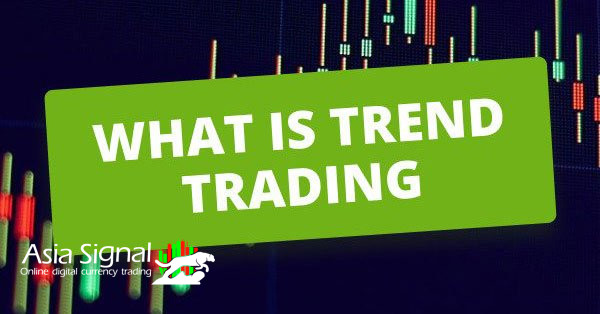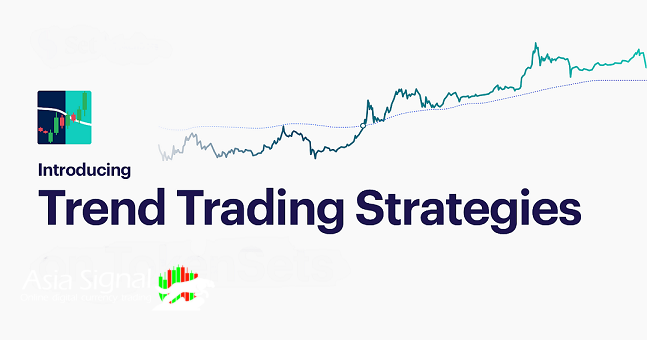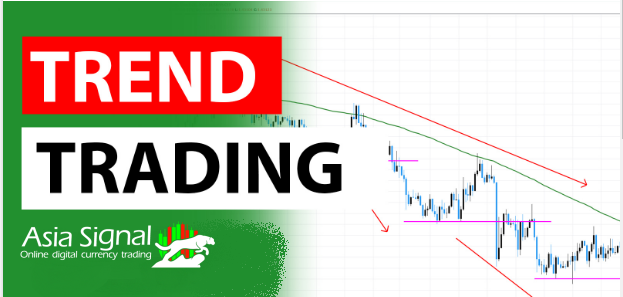Riding the Waves of Success: Unveiling the Trend Trading Strategy
In the dynamic world of financial markets, success often lies in the ability to identify and capitalize on trends. One such strategy that has gained immense popularity among traders is the trend trading strategy. By understanding the underlying principles and techniques of trend trading, investors can potentially ride the waves of market momentum to achieve profitable outcomes. This article dives into the intricacies of trend trading, its advantages, key components, and considerations.

Understanding Trend Trading
Trend trading is a trading strategy based on the idea that financial markets tend to move in persistent, directional trends. This approach involves identifying the prevailing direction of the market—whether it's an upward (bull) trend or a downward (bear) trend—and making trading decisions accordingly. The core principle of trend trading is to enter positions that align with the dominant trend and stay invested until there are clear signs of a trend reversal.
Advantages of Trend Trading
1. Riding Momentum: Trend trading allows traders to capitalize on the momentum generated by persistent market movements. This can lead to substantial gains when the trend continues in the anticipated direction.
2. Simplicity: The trend trading strategy is relatively straightforward, making it accessible to traders of all experience levels. It doesn't require complex technical indicators or extensive market analysis.
3. Emphasis on Objective Criteria: Trend trading relies on clear and objective criteria for entry and exit points, reducing the impact of emotional decision-making.
4. Longer-Term Perspective: Trend trading is well-suited for traders who prefer a longer-term perspective, as trends can persist for extended periods.

Key Components of Trend Trading Strategy
1. Identifying Trends: The first step in trend trading is identifying trends. Traders typically use technical analysis tools like moving averages, trendlines, and chart patterns to spot the direction of the prevailing trend.
2. Entry Points: Once a trend is identified, traders look for optimal entry points. This often involves waiting for a pullback or a retracement within the trend before entering a trade.
3. Stop Loss and Take Profit Levels: Risk management is crucial in trend trading. Setting stop-loss orders helps protect capital in case the trend reverses, while take-profit levels are set to lock in profits when the trend continues.
4. Position Sizing: Traders need to determine the appropriate size of their positions based on their risk tolerance and the potential distance to the stop-loss level.
5. Confirmation Indicators: Some traders use confirmation indicators, such as momentum oscillators or volume indicators, to corroborate the strength of the identified trend before entering a trade.
6. Monitoring and Adjustment: Trend traders need to continually monitor their positions and adapt to changing market conditions. This might involve adjusting stop-loss and take-profit levels or even exiting the trade if the trend shows signs of weakening.

Considerations and Risks
While trend trading can be lucrative, there are risks involved:
1. False Breakouts: Trends can reverse suddenly, resulting in false breakouts that can lead to losses.
2. Choppy Markets: Trend trading can be challenging in markets with low volatility or when trends are short-lived and erratic.
3. Missed Opportunities: Trend traders might miss out on short-term opportunities or swift reversals if they are solely focused on longer-term trends.
4. Overtrading: Traders may be tempted to overtrade if they perceive multiple potential trends, leading to increased transaction costs and potential losses.
Conclusion
Trend trading is a strategy that enables traders to align themselves with the prevailing market sentiment and potentially profit from sustained price movements. By understanding the key components of trend trading, including trend identification, entry and exit points, risk management, and position sizing, traders can enhance their chances of success. However, like any trading strategy, trend trading comes with its own set of risks that require careful consideration and a disciplined approach. As with any investment strategy, education, practice, and continuous learning are essential for success in the dynamic world of trading.
We have collected the Best trading view indicators for the crypto for you in Asiasignal. Stay with us

















Comments